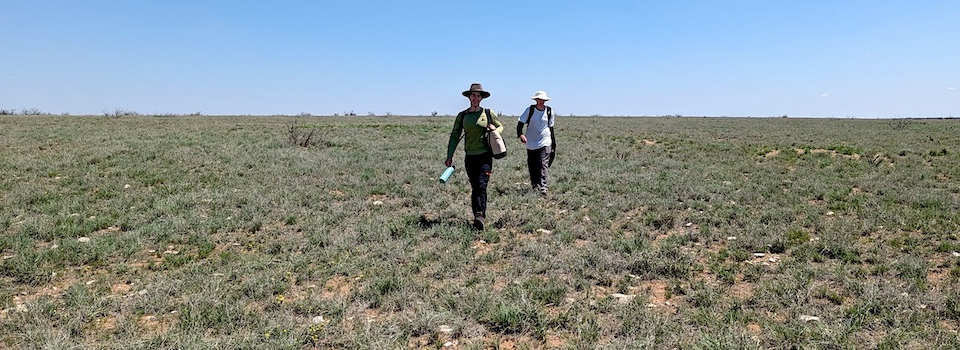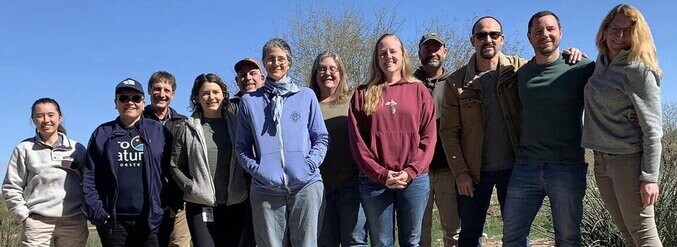A new video series by the Ohio Bird Conservation Initiative highlights the importance of proper forest management in improving a diversity of habitat for birds and other wildlife. The series focuses on several Ohio private landowners detailing their experiences managing and improving conditions of their woodlands and the beneficial changes in the bird community following such actions.
“With fewer sources of natural disturbances such as a forest fire, active management plays a crucial role in creating and maintaining early-successional forest, or young forests, on the landscape,” said Matthew Shumar, Program Coordinator for the Ohio Bird Conservation Initiative. “When responsibly planned and implemented, such management activities can be a valuable tool for creating and improving habitat for birds.”
Initiating changes to forest structure that create a more diverse and healthy forest can be daunting for woodland owners. Through this video series, landowners can learn critical information and access tools and resources needed to manage their property for wildlife.
Topics covered include:
- Experiences from Ohio’s Woodland Owners
- Creating Early-successional Habitat
- Thinning and Crop-tree Release
- Managing Invasive Species
- Planning for a Better Timber Harvest
Though focused on landowners and properties in Ohio, the videos are a great educational resource for land managers and private landowners with a variety of forest structure and addressing numerous issues.
The video series was developed to further assist land managers in improving forest habitat for birds and illustrates recommendations from “Managing Forest Birds in Southeast Ohio: A Guide for Land Managers.” The guide was developed by OBCI and its partners and written by Amanda Rodewald, Director of Conservation Science at the Cornell Lab of Ornithology and former faculty member at The Ohio State University. The management recommendations in the guide are based on research conducted in the forested landscapes of southeastern Ohio by The Ohio State University and Ohio Division of Wildlife. The guide includes recommendations for creating early successional habitat, planning shelterwood harvests, and managing mature forests to benefit birds.
Along with the Ohio Bird Conservation Initiative, Appalachian Mountains Joint Venture, Ohio Department of Natural Resources–Division of Wildlife, Ohio Department of Natural Resources–Division of Forestry, The Ohio State University, and The Nature Conservancy in Ohio were instrumental in the development of these videos.
To access additional financial and technical resources related to proper forest management, visit:
http://obcinet.org/managing-forests-for-birds-video-series






